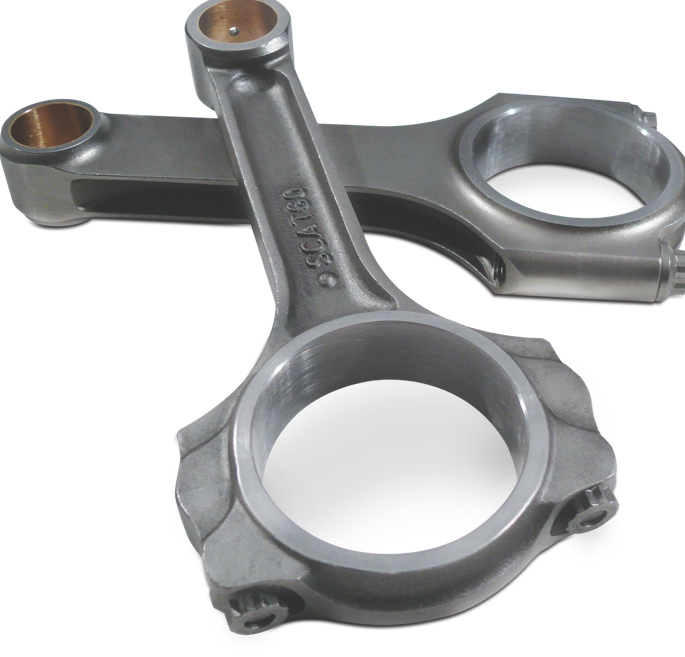The connecting rod is a critical component in an internal combustion engine, responsible for transmitting the motion of the piston to the crankshaft. Over time, connecting rods can wear out or become damaged, leading to potential engine problems. In this article, we will discuss the signs that indicate it may be time to replace your connecting rod, and the importance of timely replacement to ensure the optimal performance and longevity of your engine.
- Understanding Connecting Rod Failure: Connecting rod failure can occur due to various reasons, including wear and tear, inadequate lubrication, high engine temperatures, or engine stress. When a connecting rod fails or becomes damaged, it can jeopardize the overall integrity and functionality of the engine. Therefore, it is crucial to recognize the signs of connecting rod issues and address them promptly.
- Knocking or Tapping Noises: One of the primary indicators of a potential connecting rod problem is the presence of knocking or tapping noises coming from the engine. These sounds usually occur during engine acceleration or under load. The knocking noise arises due to the excessive clearance between the connecting rod bearing and the crankshaft. If left unattended, this can lead to catastrophic engine failure.
- Decreased Engine Performance: A worn-out or damaged connecting rod can also result in decreased engine performance. You may notice a significant reduction in power output or a decrease in acceleration. The engine may struggle to reach higher RPMs or exhibit sluggishness during operation. If you experience these symptoms, it is advisable to inspect the connecting rod for any potential issues.

- Engine Vibrations: A faulty connecting rod can cause excessive vibrations in the engine. These vibrations can be felt through the steering wheel, accelerator pedal, or even the entire vehicle. The severity of the vibrations may increase as the engine speed rises. fdautoparts.Ignoring persistent vibrations can lead to further damage to other engine components, necessitating costly repairs.
- Oil Consumption and Contamination: A connecting rod that is wearing out or has a damaged bearing can cause increased oil consumption and contamination. The excessive clearance between the rod and the crankshaft can allow oil to leak into the combustion chamber, resulting in blue smoke from the exhaust. Additionally, contaminated oil can lead to accelerated wear on other engine parts. Monitoring oil levels and quality can help detect potential connecting rod issues.
- Engine Overheating: Connecting rod failure can also contribute to engine overheating. When the rod becomes damaged, it can disrupt proper coolant flow, leading to inadequate cooling of the engine. Over time, this can cause the engine to overheat, leading to potential engine damage and increased risk of a breakdown. If you notice frequent or persistent overheating, it is crucial to inspect the connecting rod as part of the diagnostic process.
- Regular Maintenance and Inspection: To ensure the early detection of connecting rod problems, it is essential to follow a regular maintenance schedule and conduct routine inspections. Regular oil changes, as recommended by the manufacturer, can help maintain optimal lubrication for the connecting rod bearings. Additionally, periodic visual inspections of the connecting rod for signs of wear or damage can help identify potential issues before they escalate.
Conclusion: The connecting rod plays a vital role in the smooth operation of an internal combustion engine. Recognizing the signs that indicate a potential connecting rod problem is crucial for timely replacement and avoiding more significant engine issues. Knocking or tapping noises, decreased engine performance, vibrations, oil consumption and contamination, and engine overheating are all indicators that it may be time to replace your connecting rod. Regular maintenance, inspections, and seeking professional advice can help ensure the longevity and optimal performance of your engine.